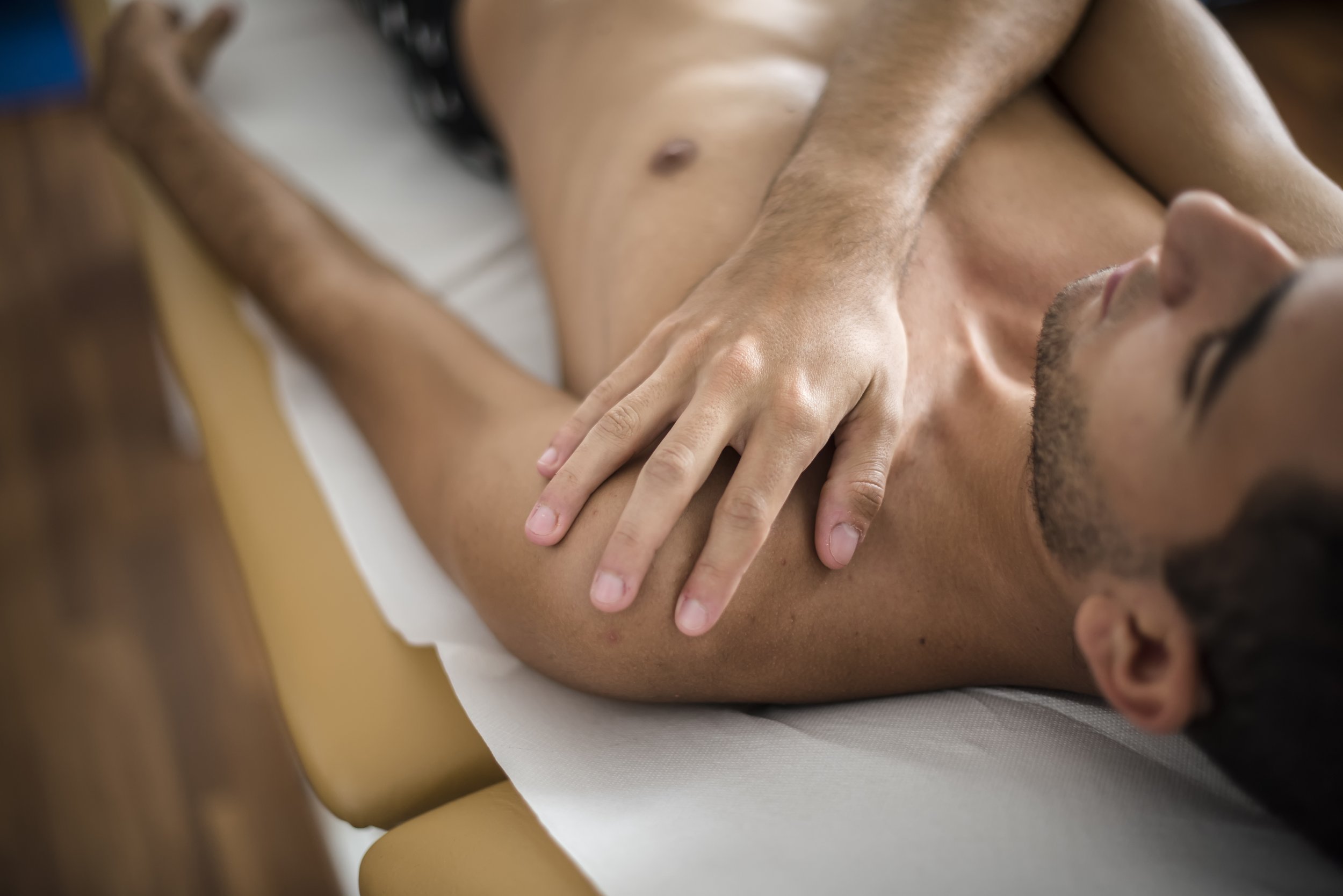A shoulder dislocation occurs when the upper arm bone (humerus) pops out of the shoulder socket (glenoid). It is a common injury, especially in sports that involve throwing or contact, such as football, hockey, or basketball.
Types of dislocation:
There are two types of shoulder dislocations: anterior and posterior. Anterior dislocations occur when the humerus is pushed forward out of the socket, while posterior dislocations happen when the humerus is pulled backward out of the socket. Anterior dislocations are much more common than posterior dislocations.
Symptoms:
Symptoms of a shoulder dislocation include sudden, severe pain in the shoulder, difficulty moving the arm, swelling, bruising, and a visibly deformed shoulder.
Treatment:
Treatment for a shoulder dislocation typically involves resetting the shoulder joint back into its socket, which is called a reduction. This is typically done by a medical professional in a hospital or emergency room setting, who may administer anesthesia to help manage pain during the procedure. Following a reduction, the shoulder will usually be immobilized in a sling or brace to allow time for the ligaments and muscles to heal.
Physical therapy is often recommended to help restore strength and range of motion to the affected shoulder. Physical therapy is an important component of the treatment plan for a dislocated shoulder. The goal of physical therapy is to help restore strength, flexibility, and range of motion to the affected shoulder, while also reducing pain and preventing future injury.
Physical therapy for a dislocated shoulder typically begins with gentle exercises that focus on improving range of motion and flexibility. These may include simple stretches and range of motion exercises to help loosen up stiff muscles and joints.
As the patient progresses, the physical therapist will introduce more challenging exercises that focus on improving strength and stability in the shoulder joint. These may include resistance exercises using weights or resistance bands, as well as exercises that mimic the movements of the patient's specific sport or activity.
The physical therapist may also use manual techniques such as massage or joint mobilization to help improve blood flow and reduce inflammation in the affected area.
In addition to these exercises, the physical therapist may also provide guidance on proper posture and body mechanics, as well as recommendations for modifications to the patient's daily activities or sports routine to prevent further injury.
Overall, physical therapy is an important part of the recovery process following a shoulder dislocation. By working with a skilled physical therapist, patients can expect to regain their range of motion, strength, and function, and return to their normal activities as soon as possible.
In some cases, surgery may be necessary to repair any damage to the ligaments or tendons in the shoulder joint. Additionally, repeated shoulder dislocations may require surgical intervention to prevent further injury and improve overall shoulder stability.
It's important to seek prompt medical attention if you suspect a shoulder dislocation, as delaying treatment can increase the risk of long-term damage and complications.

